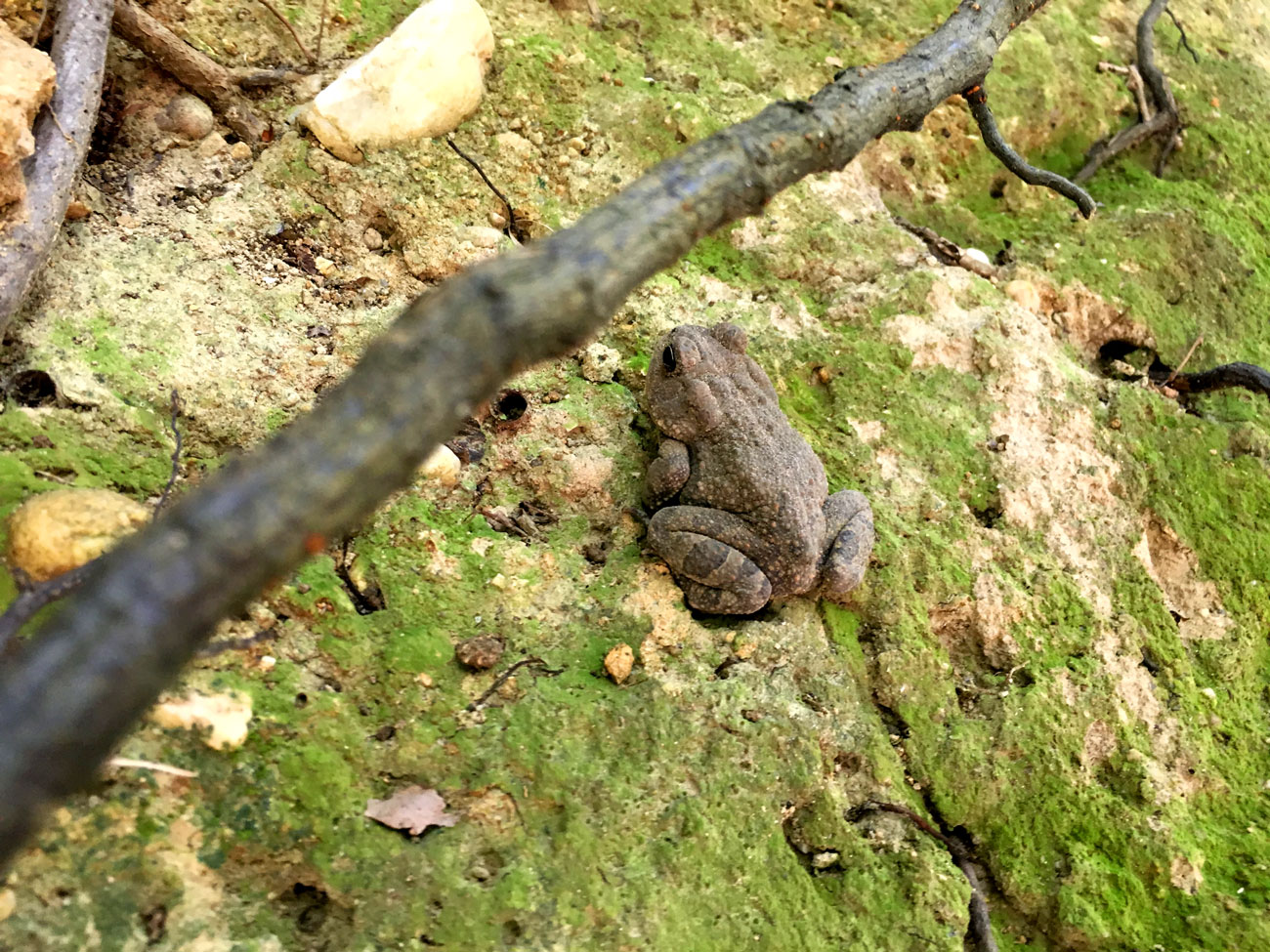
Last week we had a great visit to Reedy Creek. We learned more about the issues and flaws in the city’s restoration plan. As I begin to think about how to respond as a designer, I am contemplating several questions. The problems facing the Reedy Creek are vast and multilayered. Which part do I want to focus on? How do I want to approach it. Is it about advocacy? Is it educational? How can a simple idea have the widest impact?

One of the key themes about the Reedy Creek situation that stuck out to me was the need to educate the public more about the issues surrounding the restoration plan and the environmental impact that each property contributes to the bigger problems. Grass lawns are the most common feature for private properties surrounding the creek, and as we learned, runoff from these yards, especially during storms, contributes to erosion in the creek and an over-saturation of nutrients in the water as a result of the use of fertilizers and other chemicals. Another related issue is the lack of biodiversity in the creek and on private lawns in the watershed—we learned that grass lawns are deserts in terms of biodiversity. Over the past few centuries, we’ve tried to craft the landscape to fit a certain idyll of manicured beauty more suited to eighteenth century pastoral England. Both deliberately and unintentionally we’ve also introduced invasive species that have gradually choked off numerous important native species. Maybe my project is about educating private citizens in the watershed about native species and taking steps to revive native flora and fauna in their yards. The effect would be multifold—increasing biodiversity, capturing water that would otherwise flow into the creek, and limiting the amount of nutrient buildup in the water.